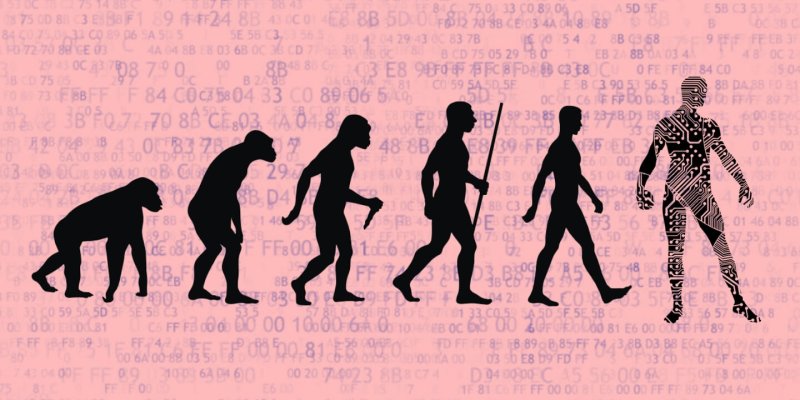Evolutionary algorithms have been around for a long time. Traditionally, they’ve been used to solve specific problems. In each generation, the solutions that perform best on some metric — the ability to control a two-legged robot, say — are selected and produce offspring.
…
The steppingstone principle goes beyond traditional evolutionary approaches. Instead of optimizing for a specific goal, it embraces creative exploration of all possible solutions. By doing so, it has paid off with groundbreaking results. Earlier this year, one system based on the steppingstone principle mastered two video games that had stumped popular machine learning methods.
…
Biological evolution is also the only system to produce human intelligence, which is the ultimate dream of many AI researchers. Because of biology’s track record, [computer scientist Kenneth] Stanley and others have come to believe that if we want algorithms that can navigate the physical and social world as easily as we can — or better! — we need to imitate nature’s tactics. Instead of hard-coding the rules of reasoning, or having computers learn to score highly on specific performance metrics, they argue, we must let a population of solutions blossom.
Read full, original post: Computers Evolve a New Path Toward Human Intelligence































